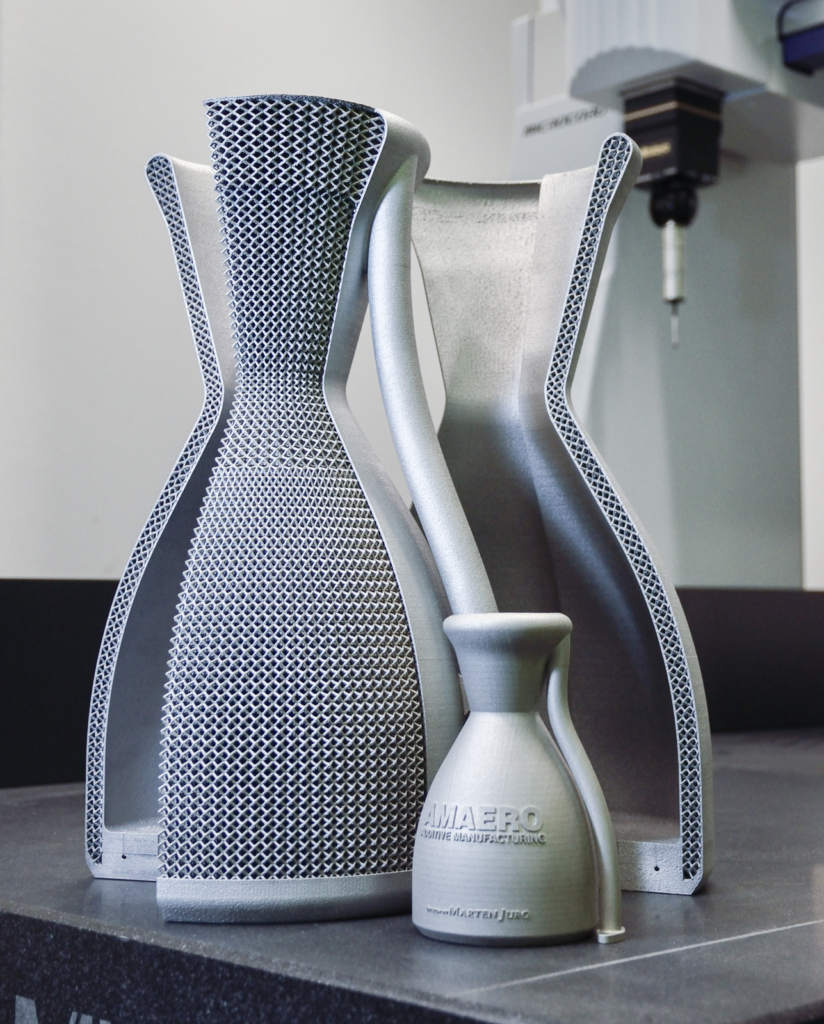The geometric flexibility afforded by 3D printing is pushing engineers to rethink the way components are designed. For his postdoctorate degree as an Additive Manufacturing Engineer at Monash University, Marten Jurg has applied this ability to reengineer components to be used in rocket engines.
UK software company Betatype supported Jurg with the digital tools necessary to realize his smart engine concepts – demonstrated by a metal 3D printed engine shell.
The fine lines of innovative design
Betatype’s 3D design technology is a 3 part system created to help engineers build parts using metal additive manufacturing:
- Arch is the company’s open file format that simplifies the handling of complicated CAD files.
- Engine processes an object for production in a powder bed fusion system.
- And Pilot assesses the optimal movements of a laser to produce fine details.
For his rocket engine design, Jurg wanted to integrate a fine lattice into the wall of an engine’s shell. This lattice structure promotes an even cooling of the engine and its contents, typically fuelled by liquid hydrogen that must be stored at −252.882 °C (−423.188 °F).

Scale-it up
The optimized features of Betatype’s platform enabled Jurg to successfully create a sample of scaled-down rocket engines, 3D printed in Stainless Steel 316L on an EOS M280 machine.
Further validation of the design was proved by Monash University’s spinoff company AMAERO. Specializing in laser-based additive manufacturing techniques, AMAERO 3D printed a demo of Jurg’s rocket engine three times the size on a Concept Laser X-line tipped to be “the world’s largest metal melting machine”.
AMAERO’s demo is made from aluminium alloy AlSi10Mg and brings the design closer to an operational capacity.

Providing insight into Betatype’s collaboration with Monash University company founder Dr Sarat Babu writes, in a post on the company’s blog,
Part of our aim with working closely with partners such as Marten is to understand the design and manufacturing challenges that exist within industrial additive manufacturing [….] Building technologies that directly learn from emerging applications is key to understanding the real challenges for AM today and in the future.
To stay up to date with all the latest 3D printing news subscribe to the most widely read newsletter in the 3D printing industry, follow us on twitter and like us on Facebook.
Featured image: Marten Jurg’s rocket engine design, 3D printed with a cooling mesh wall on an EOS M280. Photo via Betatype



